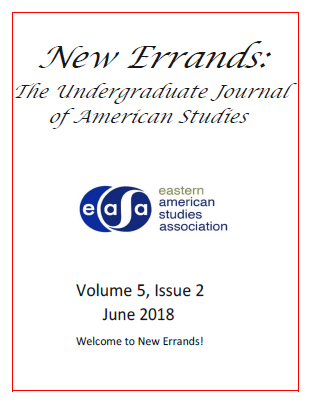Lochner v. New York
DOI:
https://doi.org/10.18113/P8ne5260896Abstract
The Gilded Age in America was the best of times, it was the worst of times—truly a tale of two cities. One bore the fruits and architectural wonders of the industrial revolution, with sprouting skyscrapers and the elite air of America's first billionaires. The other bore much different fruits: those of industrialization— squalor, urban sprawl, and abhorrent labor conditions justifed by liberty of contract. Notions of freedom and equality so hard-fought in the preceding decades and established by the 14th amendment were now out of date, manipulated to encompass antiquated defnitions of economic autonomy and succumbing to the greed of the wealthy industrial class and its permeating ideals of Social Darwinism. Politics were not immune to the influence of America's new bourgeoisie class, often coalescing to form earmark legislation beneficial only to a handful of formidable businessmen and their puppet politicians. Given the political and economic environments, liberty of contract's landmark ruling was based on little to no legitimate constitutional basis. Therefore, the ruling in Lochner v. New York arose in congruence with a financially guided Supreme Court that misconstrued the aim of the 14th amendment. The justices' involvement with political machines and their far-reaching interpretation of the "due process" clause consequently relegated wage laborers as the new American slave power.
 Creative Commons Attribution 4.0 International License
Creative Commons Attribution 4.0 International License

